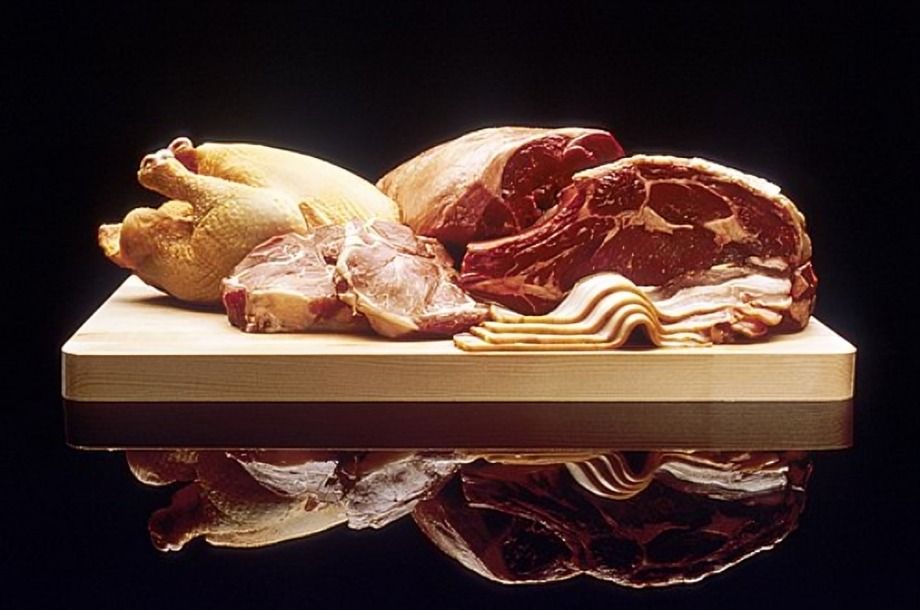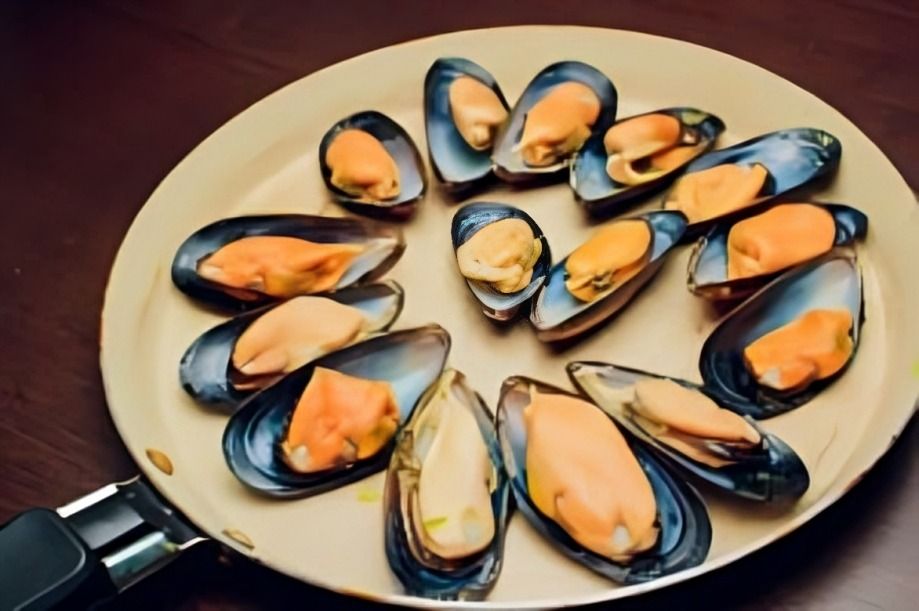
“
The Paleolithic diet, often called the "caveman diet," is gaining popularity for its focus on whole foods and natural ingredients. This blog presents 20 Interesting Facts About the Paleolithic Diet, shedding light on its origins, nutritional value, and the lifestyle of early humans. 1
1
1
”
The Paleolithic diet, also called the "caveman diet," was based on foods our hunter-gatherer ancestors consumed, focusing on wild meats, fish, fruits, and vegetables before agriculture began.1
Our ancestors consumed various wild plants that were rich in micronutrients and phytochemicals. This diverse intake of plants significantly surpassed modern diets, which often rely heavily on a limited selection of cultivated crops.2
One lesser-known fact is that early humans incorporated insects as a part of their diet. Insects provide a crucial source of protein, healthy fats, and other vital nutrients, enriching their meals significantly.3

Meat from wild animals was leaner and contained more omega-3 fatty acids than today's livestock. This healthier fat profile helped support brain development and heart health.
Ancient humans consumed far more fibre than modern people, mostly from fruits, vegetables, and wild plants. This fibre supports better digestion and a healthier gut microbiome.4
Contrary to popular belief, grains were not a significant part of the early human diet. Instead, they relied heavily on foraging for nutrient-rich nuts, seeds, and fruits to fulfil their carbohydrate needs.5
Early humans were more likely to consume root vegetables like wild carrots, tubers, and yams. These energy-rich foods provide essential vitamins and minerals, sustaining early human populations in various environments.6

The Paleolithic diet was notably low in sugar. While honey was a rare treat, early humans had no access to the refined sugars prevalent in modern diets today.
Seafood played a significant role in the diet of coastal-dwelling hunter-gatherers. Fish, shellfish, and seaweed offered high-quality protein, iodine, and healthy fats like omega-3s.7
One surprising fact is that our ancestors occasionally consumed small amounts of naturally fermented foods, such as fruit that had begun to ferment, which introduced beneficial probiotics.8
Early humans consumed far more potassium than sodium, unlike modern diets. This natural balance helped maintain healthy blood pressure and reduced the risk of cardiovascular disease.9
The absence of processed foods meant that the Paleolithic diet was naturally free from artificial additives, preservatives, and unhealthy trans fats, contributing to better overall health.10
Bone marrow was a prized and highly sought-after part of the animals hunted during the Paleolithic era. Rich in essential fats and nutrients, it served as a vital food source, especially during leaner times.11
Early humans utilized every part of the animal, including organs like the liver, heart, and kidneys, packed with essential vitamins and minerals, especially vitamin A and iron.12
Seasonality played a large role in their diet. What early humans ate depended on what was available at different times of the year, ensuring a variety of nutrients across seasons.13
Wild fruits and vegetables consumed by Paleolithic people were far more nutrient-dense than today's farmed varieties, bred more for taste and yield than nutritional content.14

Shellfish and molluscs were consumed by coastal populations, providing a rich source of protein and essential trace elements like zinc, selenium, and iodine that supported immune health.
Despite popular belief, early humans consumed a diet that wasn't heavily reliant on meat. Instead, they often relied more on various plant-based foods when hunting opportunities were scarce.15
Fasting was a natural part of the Paleolithic lifestyle. When food was scarce, early humans frequently went without meals for extended periods, which likely supported their metabolic flexibility and adaptability.16
Early humans' diets lacked dairy products because domesticated animals weren’t available for milk at that time. This absence meant lactose intolerance wasn’t an issue, as they never consumed dairy.17


